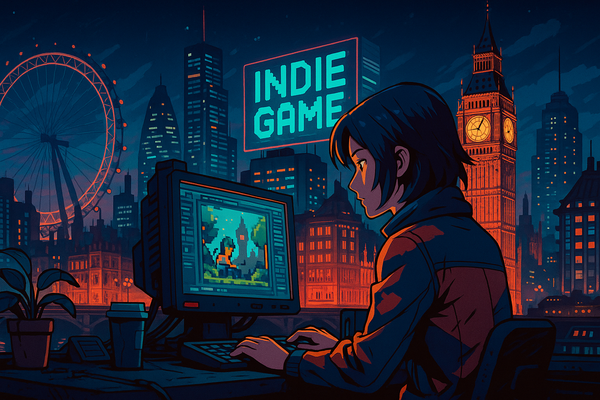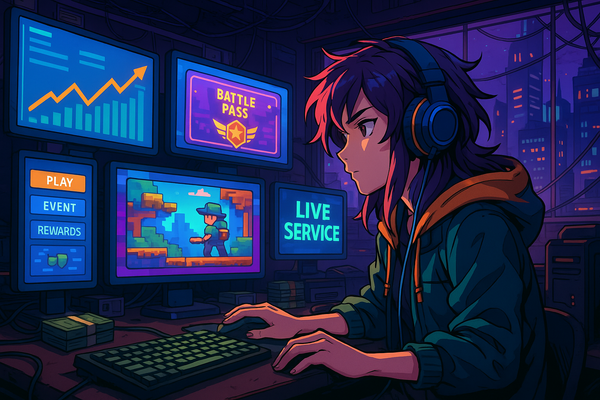Why balance is better than paywalls in indie game development
Finding the right approach to monetization is crucial for both player satisfaction and financial sustainability. Paywalls—those in-game barriers that require payment to progress—are a common monetization strategy, but they often come at a significant cost to player experience and long-term success. A more balanced approach, which prioritizes fair monetization and player enjoyment, can yield better outcomes for both developers and players. Here’s why balance is better than paywalls in indie game development.
The nature of paywalls
Paywalls are a form of monetization where certain content, features, or progression within a game are locked behind a monetary barrier. This model can be effective in generating revenue, especially in free-to-play games where developers need to monetize their player base. However, while paywalls can provide a quick influx of cash, they also carry significant downsides:
- Interrupting flow and immersion: Paywalls often disrupt the natural flow of gameplay. When players encounter a paywall, they are forced to make a decision: pay to continue or stop playing. This interruption can break immersion, pulling players out of the experience and potentially leading to frustration(SDLC Corp).
- Perception of unfairness: Players generally prefer a fair playing field where success is based on skill or strategy rather than spending money. Paywalls, particularly those that affect gameplay or progression, can create a “pay-to-win” environment, which is often viewed negatively by the gaming community. This perception of unfairness can damage a game’s reputation and lead to a loss of players(Kodex).
- Limiting engagement: Games that rely heavily on paywalls may see reduced player engagement over time. Players who are unwilling or unable to pay may disengage from the game altogether, leading to a shrinking player base and diminished community activity(Game Design Skills).
The advantages of a balanced monetization strategy
A balanced approach to monetization avoids the pitfalls of paywalls by offering players a more seamless and fair gaming experience. This strategy focuses on generating revenue without compromising player satisfaction or long-term engagement:
- Enhanced player satisfaction: A balanced monetization model prioritizes the player’s experience. By allowing players to progress and enjoy the game without being constantly prompted to pay, developers can foster a more positive and immersive experience. This approach helps maintain player interest and loyalty, which are crucial for the long-term success of a game(Game Design Skills).
- Fair and transparent monetization: Instead of paywalls, a balanced strategy might include optional purchases such as cosmetic items, convenience features, or content expansions that do not affect the core gameplay. These options allow players to enhance their experience without feeling pressured to spend money. Transparency about what players are paying for and how it impacts the game is key to building trust(SDLC Corp).
- Stronger community and player retention: Games that focus on balance tend to build stronger, more loyal communities. When players feel that a game respects their time and investment, they are more likely to stay engaged and support the game financially through voluntary purchases. This sense of fairness and respect can lead to a more vibrant and active player community, which in turn helps sustain the game over time(Kodex,Game Design Skills).
- Sustainable revenue streams: While paywalls can generate immediate revenue, a balanced approach can lead to more sustainable income over time. By offering a variety of monetization options that cater to different types of players—such as cosmetics for those who value customization, or content packs for those seeking more gameplay—developers can create multiple revenue streams. This diversification reduces reliance on any single source of income and can lead to greater financial stability(SDLC Corp).
Case studies: successful balance in indie games
Several indie games have successfully implemented balanced monetization strategies that avoid the pitfalls of paywalls:
- Fortnite: Although not strictly an indie game, Fortnite’s monetization model is often cited as a successful example. The game is free-to-play, with revenue generated through the sale of cosmetic items and battle passes. These purchases do not impact gameplay, allowing all players to enjoy the game equally, while those who wish to customize their experience can do so by spending money.
- Hollow Knight: This indie hit offers a wealth of content in its base game, with additional expansions available as DLCs. These expansions add value for players who want more content, but the core game is complete and satisfying on its own. This approach has helped Hollow Knight maintain a strong player base and a positive reputation.
Prioritizing balance for Long-Term success
In conclusion, while paywalls might offer a quick solution to monetization, they often do so at the expense of player satisfaction and long-term success. A balanced approach to monetization, one that prioritizes fair and transparent practices, enhances player experience, and offers a variety of voluntary purchasing options, is far more sustainable. Indie developers who focus on balance rather than paywalls are more likely to build strong communities, retain loyal players, and achieve lasting success.




